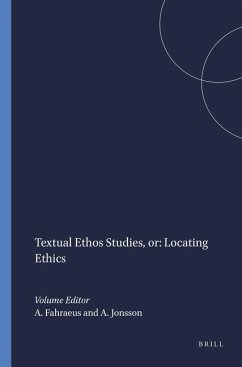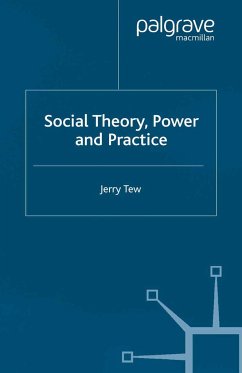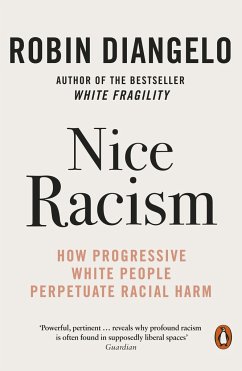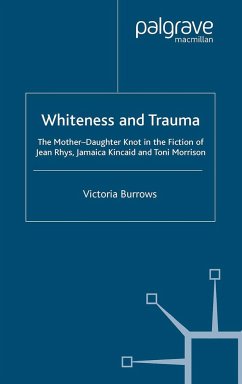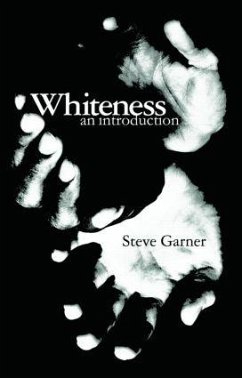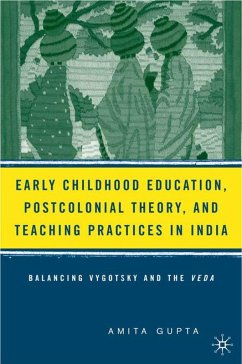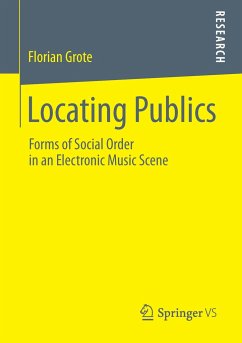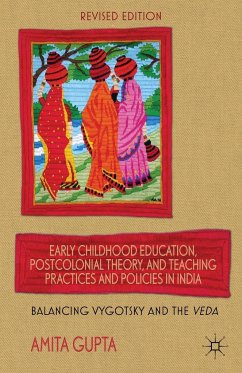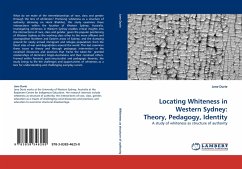
Locating Whiteness in Western Sydney: Theory, Pedagogy, Identity
A study of whiteness as structure of authority
Versandkostenfrei!
Versandfertig in 6-10 Tagen
32,99 €
inkl. MwSt.

PAYBACK Punkte
16 °P sammeln!
What do we make of the interrelationships of race, class and gender through the lens of whiteness? Premising whiteness as a structure of authority (drawing on Homi Bhabha), this study examines these intersections within the location of Western Sydney, Australia. Investigating whiteness in Western Sydney enables critical insights into the intersections of race, class and gender, given the popular positioning of Western Sydney as the working class other to the more affluent and cosmopolitan Northern and Eastern areas of Sydney; and the dumping ground for newly arrived immigrant and refugee popul...
What do we make of the interrelationships of race, class and gender through the lens of whiteness? Premising whiteness as a structure of authority (drawing on Homi Bhabha), this study examines these intersections within the location of Western Sydney, Australia. Investigating whiteness in Western Sydney enables critical insights into the intersections of race, class and gender, given the popular positioning of Western Sydney as the working class other to the more affluent and cosmopolitan Northern and Eastern areas of Sydney; and the dumping ground for newly arrived immigrant and refugee populations from the latest sites of war and degradation around the world. This text examines these issues as theory and through pedagogic intervention in the racialised discourses and practices that frame the taken-for- granted relationships of dominant Anglo-Australians and their racialised others. Framed within feminist, post-structuralist and pedagogic theories, the study brings to life the challenges and opportunities of whiteness as a lens for understanding and challenging everyday racism.




